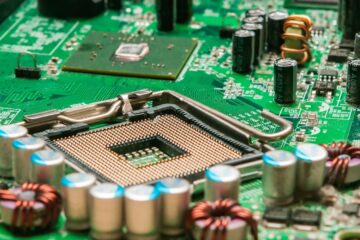8086 Microprocessor: History, Architecture, Applications & Legacy | Intel’s 16-bit CPU Guide
Discover the 8086 Microprocessor The 8086 Microprocessor is a legendary chip that changed computing forever. Developed by Intel, this 16-bit processor laid the groundwork for modern computers. If you want to understand how early PCs worked, the 8086 is a great starting point. Let’s break down its history, specs, and why it Read more…

